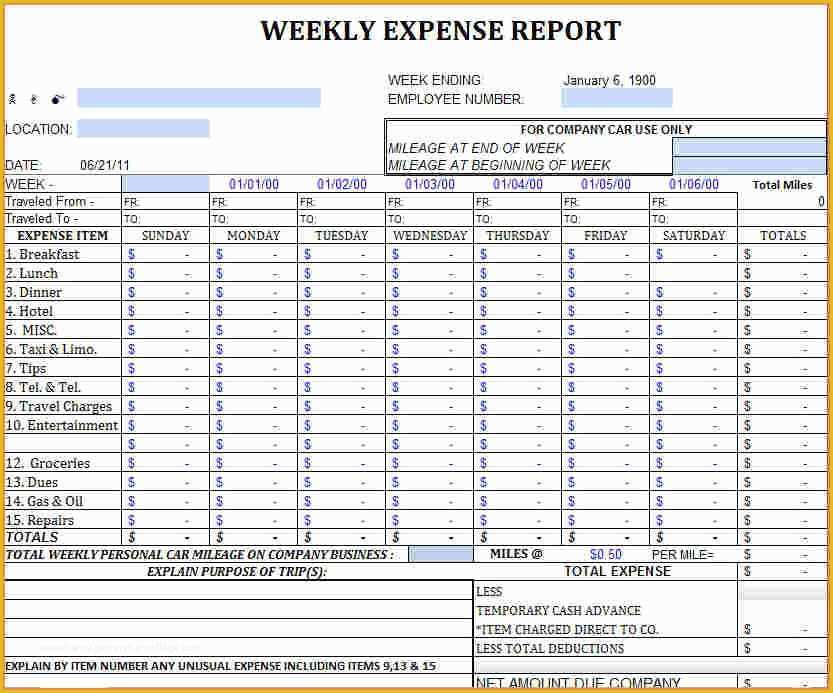

Here you'll find a couple of hints and best practices to follow, as well as links to useful resources. Do it, and watch the numbers in this column rise! If you want to lower your tax liability as much as you possibly can, you’ll want to record every deduction you possibly can. It shows how much you can shave off your taxable income for each Schedule C category.


This column is going to be your meat and potatoes. Your gross expense amount and your tax deduction for these miscellaneous categories will calculate automatically, based on what you enter in the "Other Expense - Grouped" tab. Other expenses: This cell just says "Mixed," because it really depends on what you're writing off.This is in row 19 of Column E, which is also highlighted in yellow. Business use of your home: Have a home office? You'll have to enter the percentage of your total square footage that makes up your workstation.This sheet has already been updated to reflect that. In 20, though, all meals are 100% tax-deductible. Deductible meals: Most years, business meals are only 50% deductible, unless you eat them on a business trip.
#EXCEL DAILY EXPENSES TEMPLATE FREE#
(Side note: If you use the standard mileage method instead, check out our free template for mileage logs!) Put this in row 8 of Column E, which is highlighted in yellow. If you opt for actual expenses, you'll have to enter the percentage of time you drive your car for business purposes.

With the Schedule C line number right there, you can be confident that, if the IRS ever comes knocking, you can provide them with required information that matches up exactly with the form. This column provides a great way to do that. But with taxes, it always pays to give things a once-over before you submit. The column is a great way to double-check your return and avoid the IRS’s attention - something no freelancer wants.Įspecially if you're filing online, it's easy to rush through things because you were hungry for that tasty refund. Advertising expenses, for example, are on line 8 of the form.
#EXCEL DAILY EXPENSES TEMPLATE HOW TO#
This column shows you how to match up expense categories on this sheet with the lines on a Schedule C. Visit an office supply store? Have a meal to talk about your business? All of those are tax deductions. Travel to meet a client? You get a deduction. Schedule C forces you to split up your write-offs into different, somewhat arbitrary categories.ĭo you pay for advertising? You get a deduction. But in a nutshell, your Schedule C is the form you use to tell the IRS what business expenses you're writing off every year. If you'd like a detailed run through of this tax form, I recommend checking out Keeper's guide to filling out your Schedule C. If you've ever been through the process of filing self-employment taxes by hand, everything in this column will look pretty familiar from your Schedule C. So add your write-offs, and watch that number go up! It's calculated automatically based on everything you fill out in the template.


 0 kommentar(er)
0 kommentar(er)
